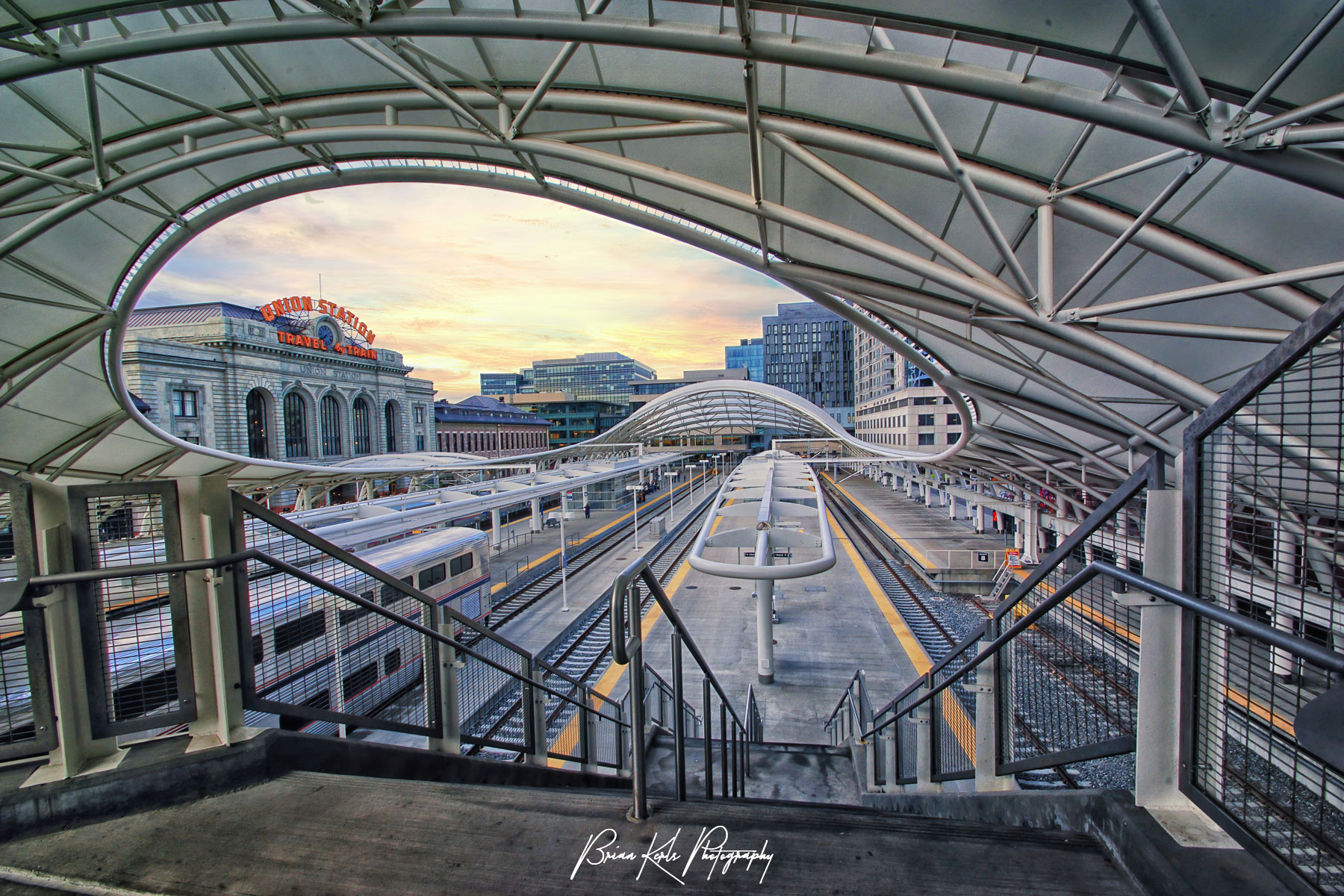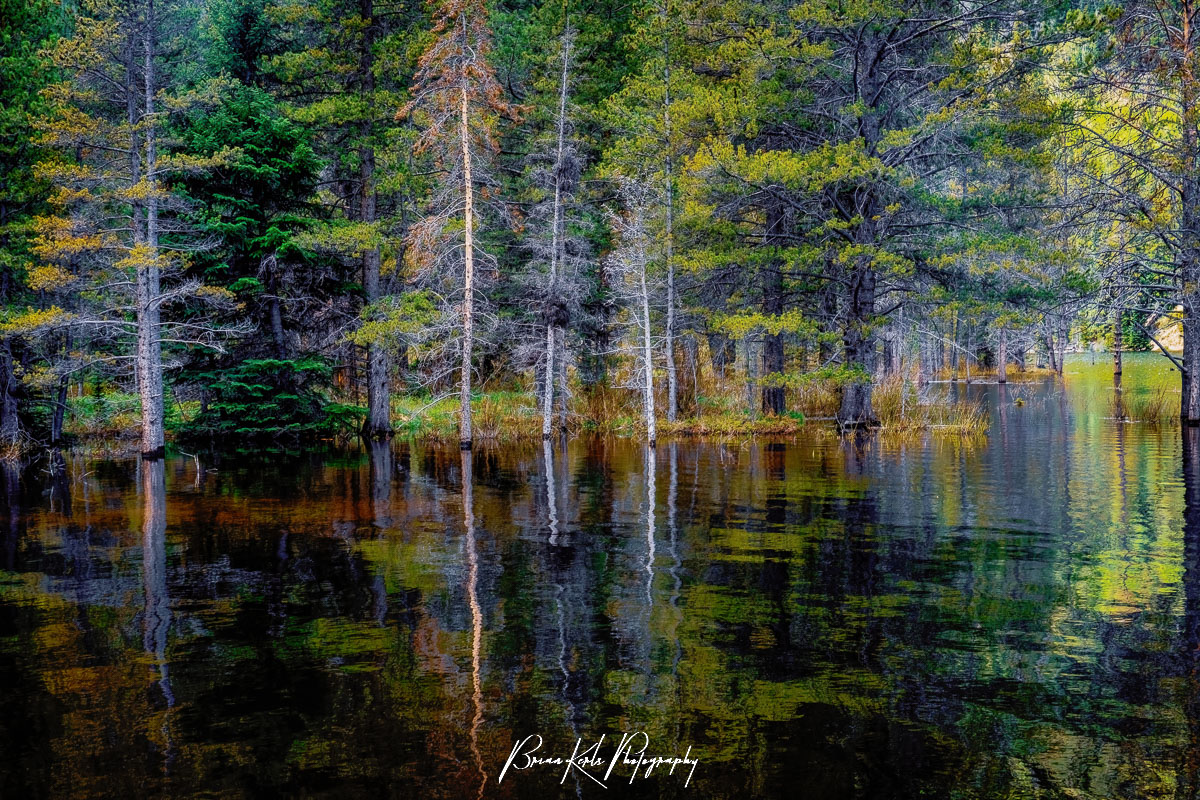Incorporating Landscape Photography Office Art into Corporate Offices, Small Businesses, and Medical Spaces
In today’s competitive business environment, the design of your workspace is more than aesthetics—it’s a reflection of your brand, values, and commitment to creating an inspiring atmosphere. Whether you manage a corporate office, a boutique business, or a medical practice, the right photography office art can transform your space from ordinary to extraordinary.
Why Photography Office Art Matters in Professional Spaces
Office art isn’t just decoration—it influences mood, productivity, and perception. Studies show that thoughtfully chosen artwork can:
- Boost employee morale and creativity by creating visually stimulating environments.
- Enhance client impressions, signaling professionalism and attention to detail.
- Reduce stress and anxiety, especially in medical offices, where calming imagery can improve patient experience.
Photography, in particular, offers authenticity and emotional resonance. Unlike abstract art, photographs connect people to real places, moments, and stories—making them ideal for spaces that value trust and transparency.
Step 1: Define Your Brand and Atmosphere
Before selecting artwork, ask:
- What tone do you want to set? A law firm might prefer elegant black-and-white cityscapes, while a tech startup could lean toward bold, modern abstracts.
- What emotions should the space evoke? Calm landscapes for medical offices, vibrant urban photography for creative agencies, or serene nature scenes for wellness centers.
Your artwork should align with your brand identity. For example:
- Corporate offices: Minimalist cityscapes or architectural photography convey sophistication.
- Small businesses: Local landscapes or cultural photography create a personal touch.
- Medical offices: Nature photography promotes relaxation and healing. Research shows that images of forests, mountains, and water can lower stress levels in patients.
Step 2: Consider Space and Scale
Size matters. A large canvas in a small office can overwhelm, while tiny prints in a spacious lobby may look lost. Here’s a quick guide:
- Reception areas: Statement pieces or panoramic landscapes make a strong first impression.
- Conference rooms: Large, thought-provoking prints encourage creativity and conversation.
- Hallways: Series of smaller prints create visual flow.
- Medical exam rooms: Medium-sized calming images help patients feel at ease.
Step 3: Choose Colors and Themes Strategically
Colors influence mood:
- Blues and greens: Promote calm and focus—ideal for corporate and healthcare settings.
- Warm tones (orange, yellow): Energize and inspire creativity—perfect for brainstorming spaces.
- Neutral tones: Convey professionalism and elegance for executive offices.
Themes to consider:
- Nature and landscapes: Universally soothing and timeless.
- Cityscapes and architecture: Reflect ambition and modernity.
- Abstract photography: Adds dynamism and creativity for innovative brands.
Step 4: Support Local Artists and Customization
Commissioning custom photography or sourcing local landscapes adds authenticity and exclusivity. For example, featuring Colorado mountain photography prints can resonate with businesses in the region and strengthen community ties.
Custom options allow you to:
- Match your brand colors.
- Incorporate company values into the artwork.
- Create unique focal points that clients remember.
Step 5: Practical Considerations for Medical Offices
Medical environments require special attention:
- Hygiene: Opt for metal or acrylic prints—they’re easy to sanitize.
- Durability: Choose archival-quality materials for longevity.
- Calming imagery: Nature scenes, botanical prints, and soothing color palettes reduce anxiety and improve patient satisfaction
Step 6: Budget Smartly Without Compromising Quality
High-quality photography doesn’t have to break the bank. Start with:
- Limited edition prints for exclusivity.
- Print-on-demand services for flexibility.
- Bulk discounts for outfitting multiple rooms.
Step 7: Installation and Arrangement Tips
- Gallery walls: Combine small prints for dynamic visual interest.
- Framing: Sleek frames for corporate spaces; rustic frames for boutique businesses.
- Spacing: Maintain 2–3 inches between artworks for balance
Final Thoughts
Investing in photography office art is more than a design choice—it’s a strategic decision that impacts your brand image, employee well-being, and client experience. Whether you choose serene landscapes for a medical office or bold cityscapes for a corporate boardroom, the right photography can transform your space into an inspiring environment.
Loved what you just read?
Become a VIP Insider and get more of the good stuff – exclusive tips, insider updates, behind-the-scenes stories, and special promotions delivered straight to your inbox.
Don’t miss out—our VIP members get the best of everything first







